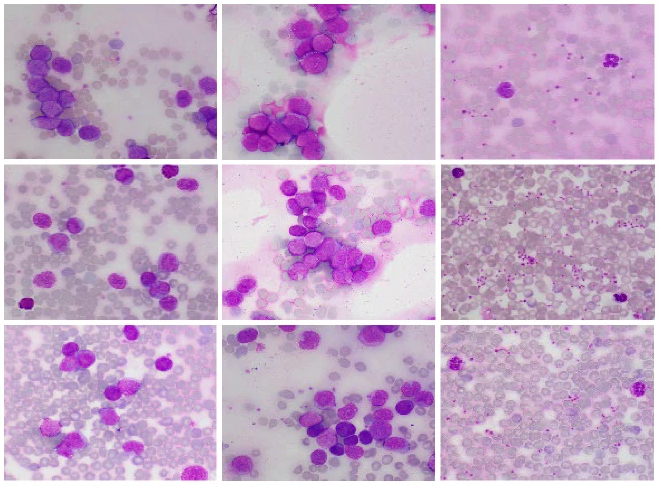
Leukemia stem cells (LSCs) pose a significant challenge in treating acute myeloid leukemia (AML) due to their resistance to conventional therapies and their similarity to normal hematopoietic stem cells (HSCs). Recent research has identified interleukin-1 receptor accessory protein (IL1RAP) as being highly expressed in both AML cells and LSCs, but not in HSCs, marking it as a promising therapeutic target.
On August 14, Prof. JIN Jie and Dr. ZHANG Yi from the First Affiliated Hospital, Zhejiang University School of Medicine ( ) collaborated with researchers from City of Hope National Medical Center (COHNMC) in the United States to co-publish an article titled “ ” in the Journal of Hematology & Oncology. This study presents a novel IL1RAP-specific T cell engager (TCE) called BIF002, which effectively eliminates LSCs while preserving normal hematopoietic function.
To develop an antibody against human IL1RAP, researchers immunized Balb/c mice and successfully isolated multiple monoclonal antibodies. They selected the most effective candidate, IL1RAP-24, and converted it into the TCE BIF002 using a technique known as Fab arm exchange technology (FAE). This process included engineering the antibody to reduce non-specific binding and producing control antibodies for comparative analysis.
Key Findings
1. Efficacy Against AML: BIF002 exhibited strong anti-leukemia activity in both cell lines and primary AML cells, achieving nearly 100% tumor cell lysis at specific dosages. Importantly, it showed no toxicity to normal CD34+ bone marrow cells.
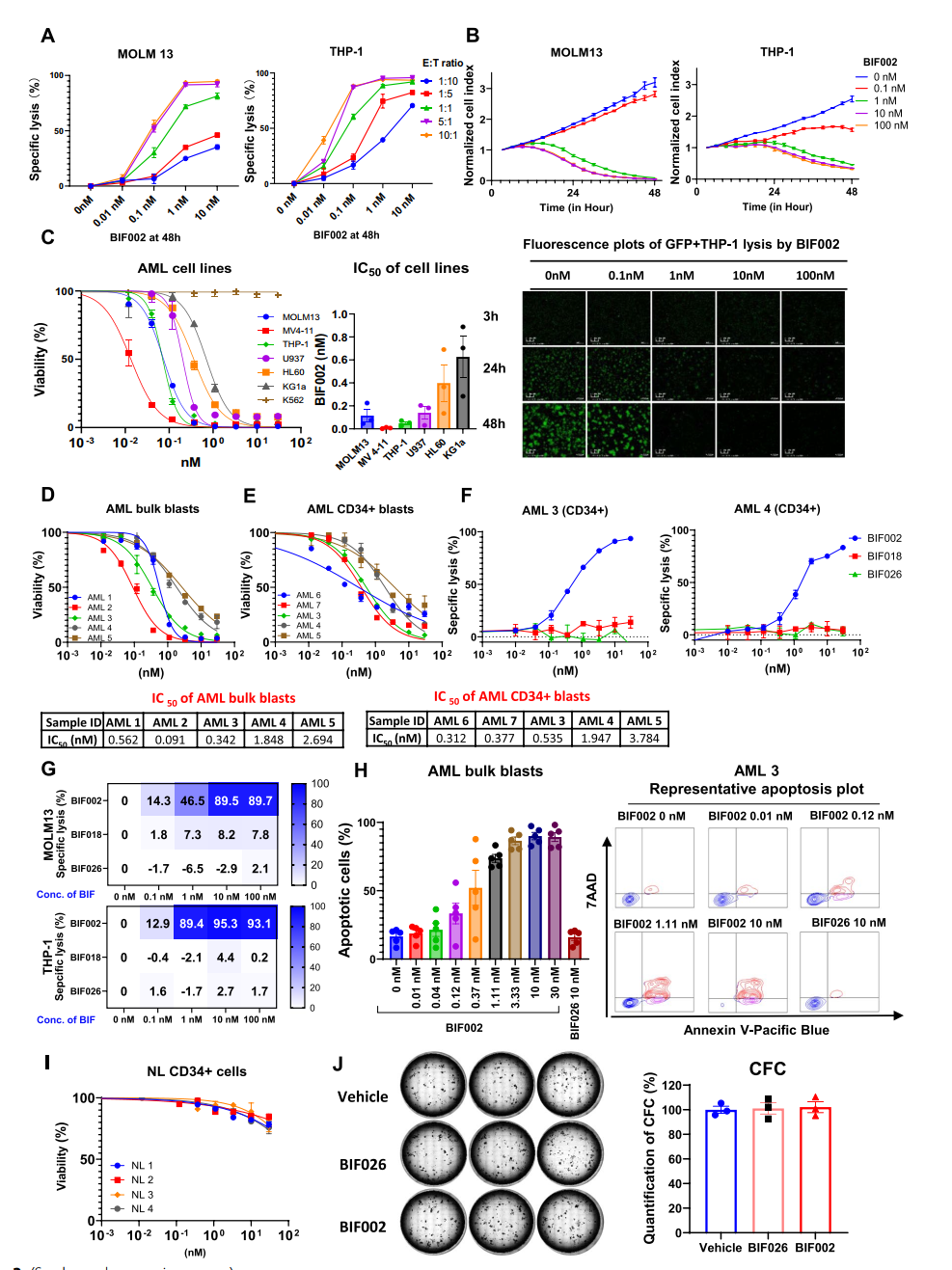
Figure 1. Dose-and effector-to-target (E:T) ratio-dependent activity of BIF002
2. T Cell Activation: BIF002 significantly enhanced T-cell activation and proliferation in IL1RAP-positive AML cells, while no activation was observed in IL1RAP-negative cells.
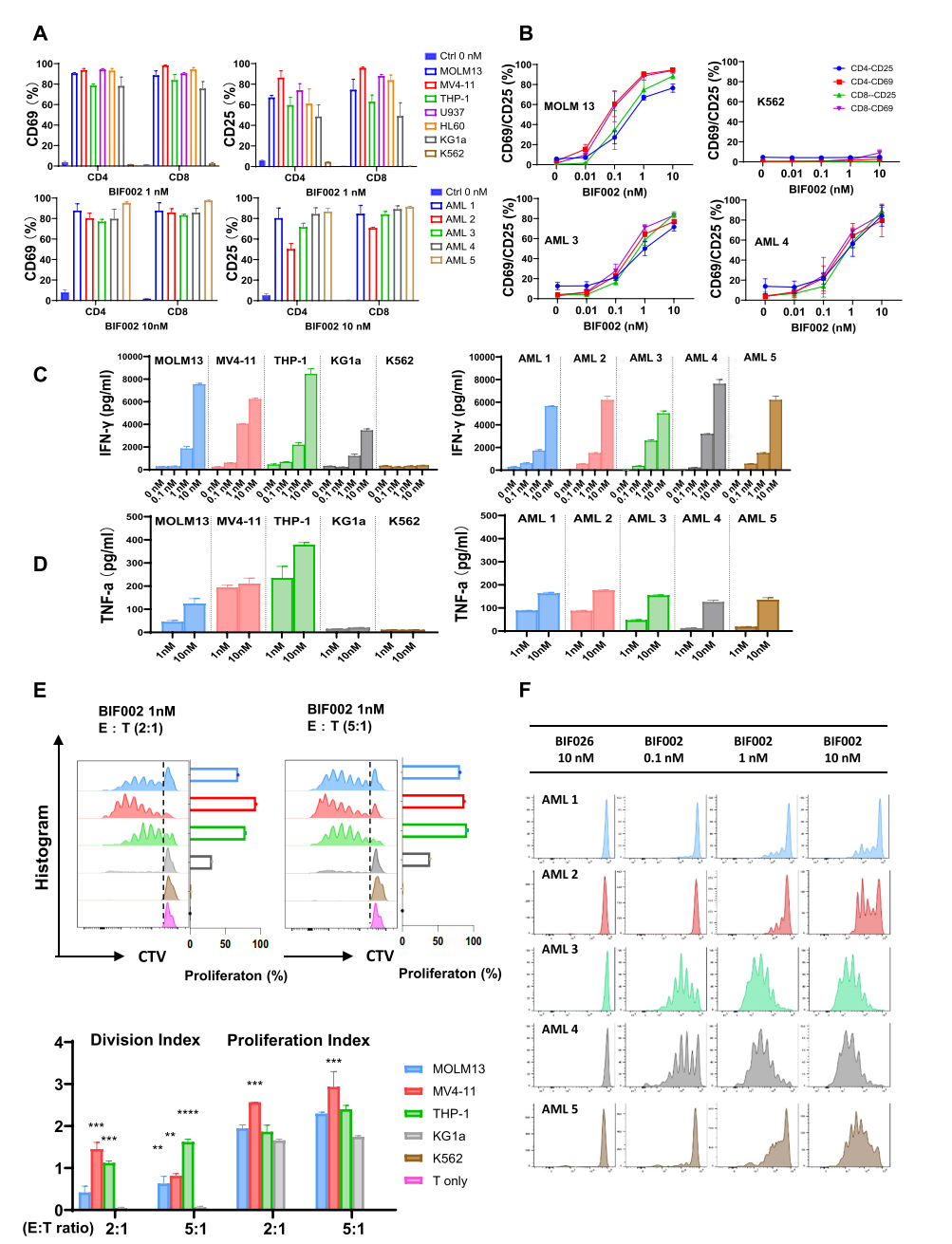
Figure 2 BIF002 induces IL1RAP dose-dependent T cell activation, cytokine release and T cell proliferation.
3. In Vivo Studies: In three distinct mouse models, treatment with T cells and BIF002 resulted in a substantial reduction in tumor burden and prolonged overall survival compared to control treatments, all without adverse side effects.
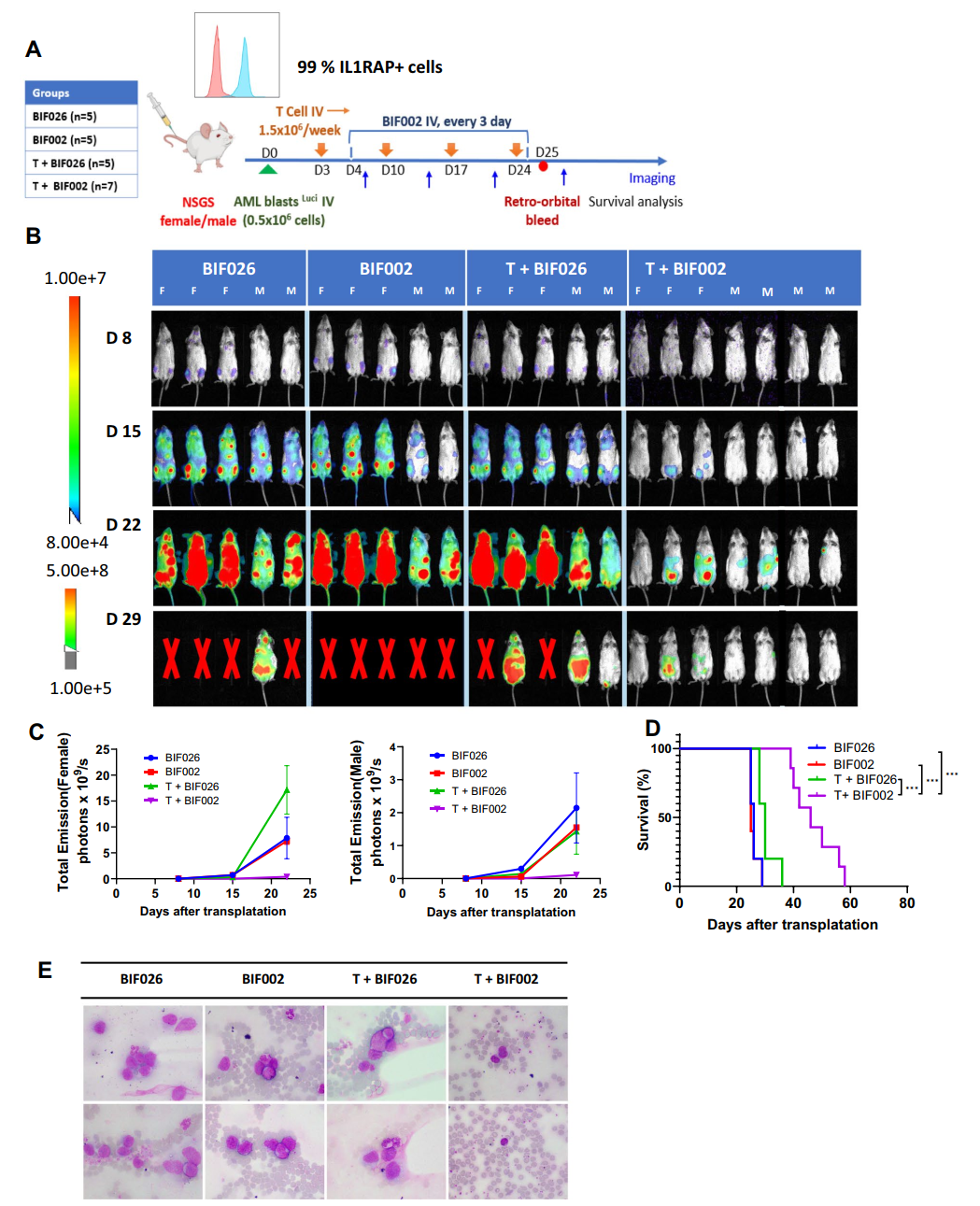
Figure 3 In vivo efficacy of BIF002 in the luciferase-expressing AML PDX Model.
4. Long-term Effects on LSCs: In a separate patient-derived xenograft (PDX) model focused on LSCs, second transplanted mice from T cells and BIF002 treated group showed no detectable leukemia cells in their blood and survived over 200 days without further treatment, demonstrating the long-term effectiveness of BIF002 against LSCs.
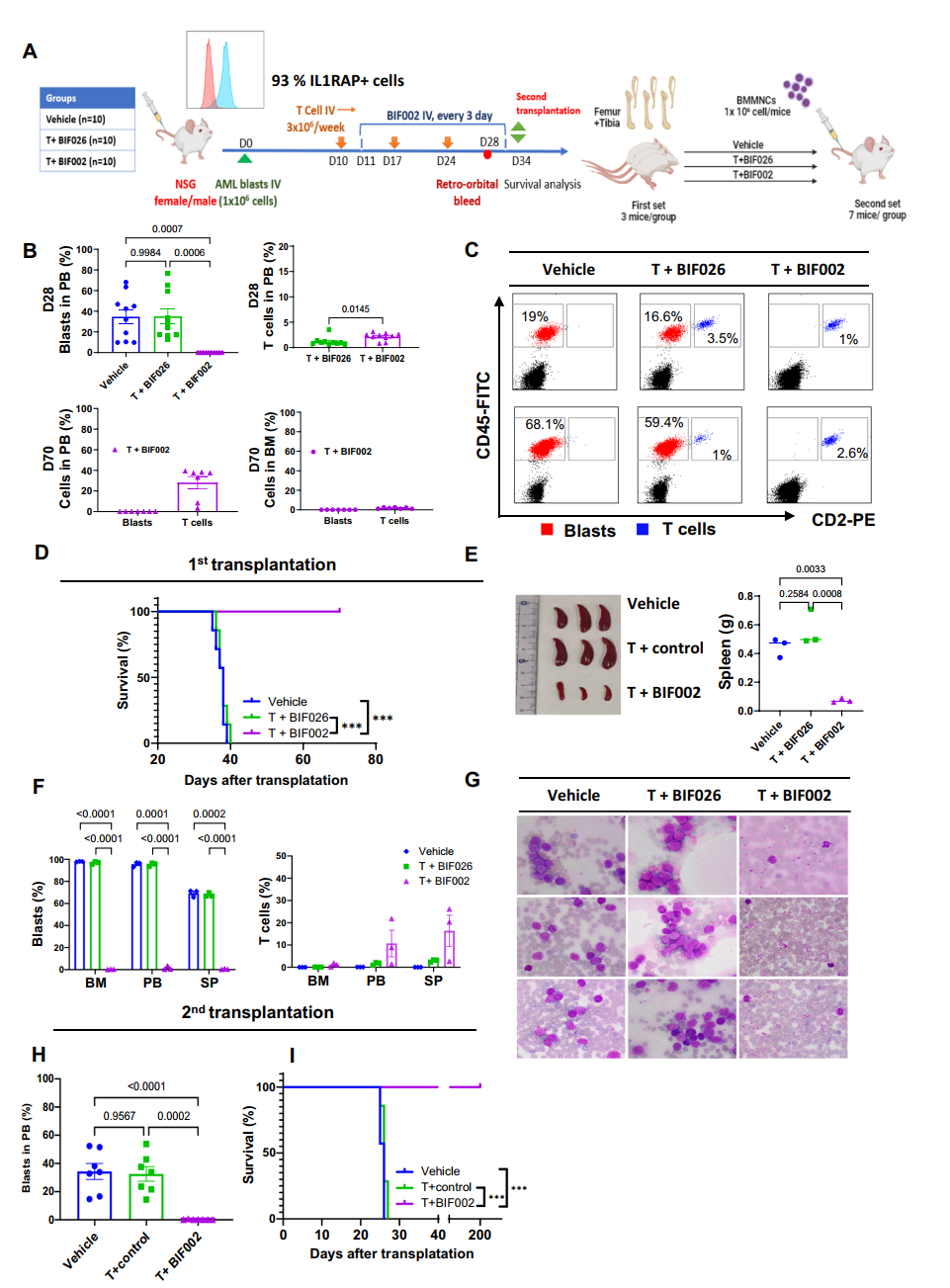
Figure 4 In vivo efficacy of BIF002 in the AML PDX Model with second transplantation.
Dr. ZHANG emphasized the importance of their findings: “BIF002 targets the cancer-causing stem cells that most AML treatments fail to eliminate. This study underscores its potential as a promising therapeutic agent for effectively addressing AML and improving treatment strategies for patients.”
